PHILIPS Ampoules LED
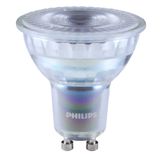
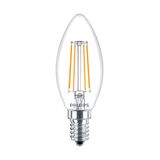
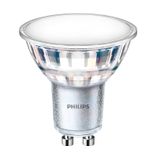
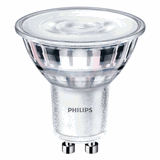
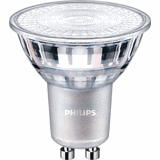

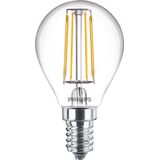
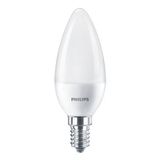
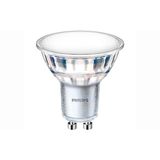
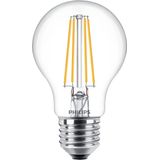

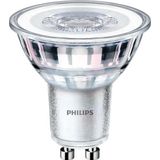


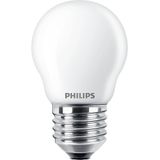
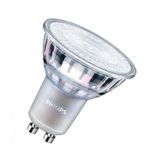
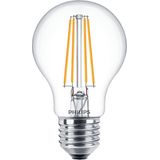




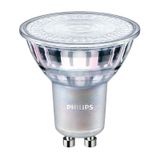
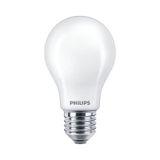

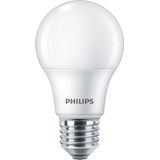
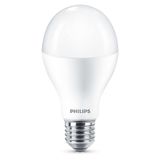
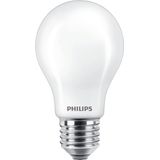

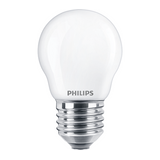

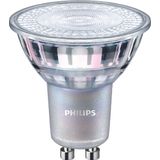
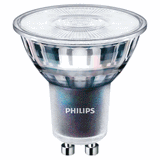
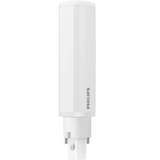
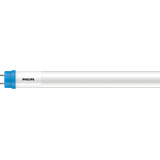

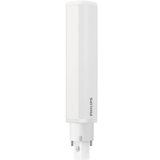
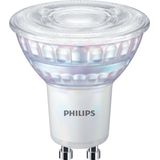

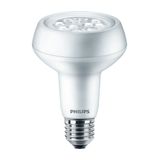
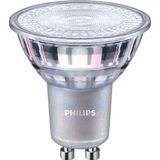
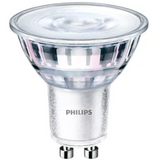
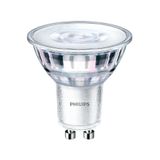
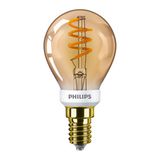

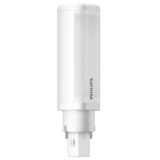
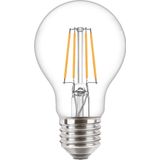
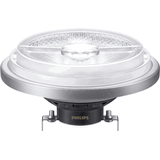



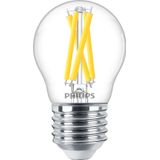
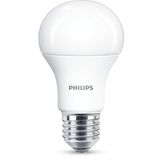
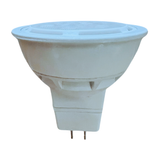

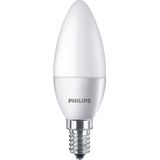



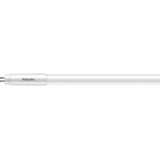
Why choose Philips LED lamps?
We know that lighting affects productivity and mood, and keeps people active at night. A Philips LED bulb differs from its classic tungsten filament version in its efficiency, type of light and high color rendering.
Philips LED bulbs are available in a wide range of colors, from pleasant white to warm yellow and cool blue. Thanks to their low wattage, energy savings are achieved, while light output remains high. Another major advantage of Philips products is their long-term use.
Advantages over traditional lamps
Philips LED bulbs have strong long-term performance potential, and that's not their only advantage:
- Highly cost-effective. Philips LED bulbs last a long time and save up to 90% energy compared with conventional incandescent bulbs.
- A wide variety of shades. Philips bulbs are produced in different colors and shades, in warm and cool light tones.
- High color rendering. Their instant ignition ensures rapid light transmission without distortion.
- Adjustable brightness levels. You can create a comfortable atmosphere in your home with the brightness control function, available via the integrated dimmer.
- A choice compatible with any lamp. A wide range lets you choose a bulb for any light fixture, whether floor, wall or chandelier.
Philips LED bulbs are proving to be a more cost-effective solution for implementing comfortable personal lighting in an apartment or office, offering better light output for minimal energy consumption.
Energy savings and durability
Thanks to its high luminous efficacy and low energy consumption, LED lighting is the most economical. A single-home LED bulb reduces energy consumption by up to 90%. A power of 10 W is enough to comfortably light a small room, and the bulbs can operate for thousands of hours. The ability to adjust light intensity is also a very convenient benefit.
Key features of Philips LED bulbs
Socket type, beam angle, number of switching cycles, as well as color rendering index and color temperature - these and other characteristics play a key role in the choice of LED lighting. Energy consumption, luminous flux and other parameters are also important.
Color temperature and brightness
Brightness and color temperature are interdependent parameters. Values between 2200K-2700K provide warm lighting in rooms where bright light is required. Between 3000K-3500K, the bulb produces a soft white light; they are therefore more often used for lighting in residential buildings and apartments. Brighter light can be obtained in commercial premises and kitchens if the color temperature is between 4,000 K and 4,500 K.
Variety of shapes and bases
LED technology, successfully implemented in Philips bulbs, provides comfortable lighting for rooms of all types and uses. Products vary according to base type and shape, for example:
- threaded base ;
- bayonet ;
- two-pin ;
- free-form, etc.
When it comes to shape, Bank of Lamps offers products in pear, candle, ball, pipe and other shapes. Indications of lamp shape are indicated by a letter: A for arbitrary (classic shape), C for candle (flame shape), G (globe), CT for candle tail (candle shape), R for reflector (track-mounted or recessed), T (tube), MR for multifaceted reflector (track-mounted accent lighting).
Popular range of Philips LED lamps
Philips LED bulb prices depend on product type and features. It is possible to provide different levels of lighting in a room by using bulbs with different color temperatures. The Bank of Lamps catalog offers brand-name lamps in warm and cool tones:
- MASTER UltraEfficient LEDbulb - LED-lamp/Multi-LED bulb - Consumption: 4 W - Energy efficiency class: A ;
- CorePro LEDbulb - LED-lamp/Multi-LED bulb - Power consumption: 8 W - Energy efficiency class: F - Color temperature: 2700 KК ;
- CorePro LEDbulb - LED-lamp/Multi-LED bulb - Power consumption: 10 W - Energy efficiency class: F - Color temperature: 2700 KК ;
- CorePro LEDbulb - LED-lamp/Multi-LED bulb - Power consumption: 10 W - Energy efficiency class: F - Color temperature: 4000 KК ;
- CorePro LEDbulb - LED-lamp/Multi-LED bulb - Power consumption: 13 W - Energy efficiency class: E - Color temperature: 2700 K.
The warranty on LED bulbs covers thousands of hours of operation, testifying to the high quality and reliability of the company's products. The average life of a bulb is 15,000 hours.
Philips Hue series
This range of smart bulbs has been created specifically for those who like to adjust the intensity of light output. You can experiment with light in the living room, bedroom or bathroom as you wish. A “dimmable” bulb, i.e. one that can be coupled to a dimmer switch, helps you adjust the room's lighting level when you turn on sconces and ceiling lights, and a smart switch will turn the fixture on with a single click. LED bulb features include the integration of a motion sensor for added convenience. An energy-saving lamp is capable of producing the required number of lumens using a controller controlled, for example, via an app on a smartphone.
Philips CorePro series
Philips bulbs in this range are suitable for everyday lighting, combining the characteristics of conventional incandescent lamps with the benefits of longer-lasting LED technology. They also stand out for their energy efficiency and cost-effectiveness, high-quality flicker-free light and a wide range of applications.
How to choose a Philips LED lamp?
If you need a low-energy bulb, we recommend that you visit the Bank of Lamps website to select a suitable product. The choice of an LED bulb depends on a number of factors, including its use, the size of the room and the consumer's preferences.
Tips for choosing the right wattage
For an apartment, the bulb's color spectrum should not exceed 3000K, and the optimum color rendering index should be 80 CRI. Lamp ripple should not exceed 15% when the mains voltage drops from 110 to 230 V. The optimum wattage for a lighting fixture in an apartment or house is 20 W. Also pay attention to luminous flux, which determines the lamp's radiance. A LED bulb for the office should be chosen according to the same principles.
Considering conditions of use
LED lamp installation depends on future operating conditions. Enclosed fixtures are installed outdoors to keep out moisture and dust. For residential, commercial and office premises with normal humidity and temperature conditions, standard LED lamps are suitable.